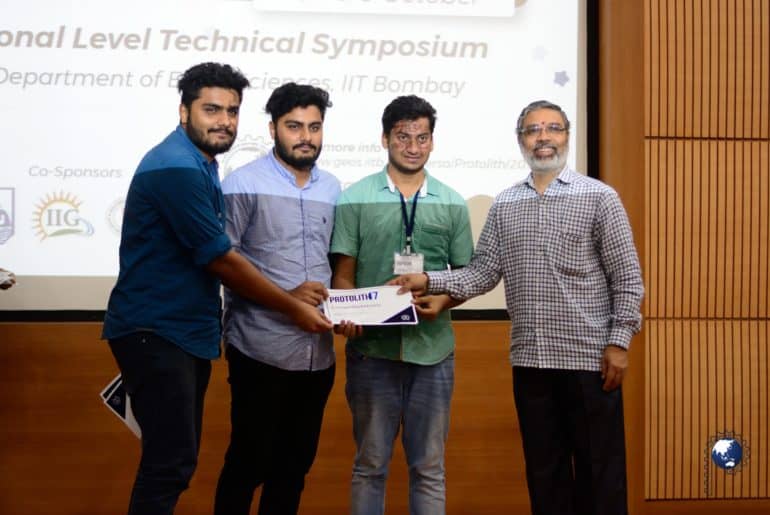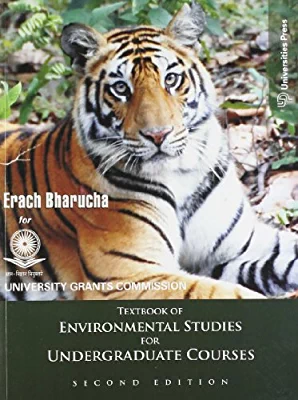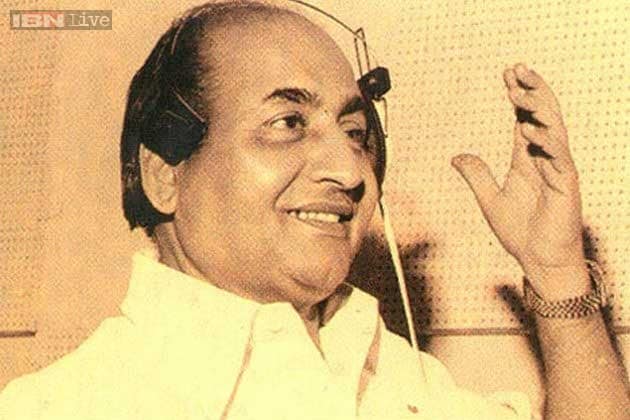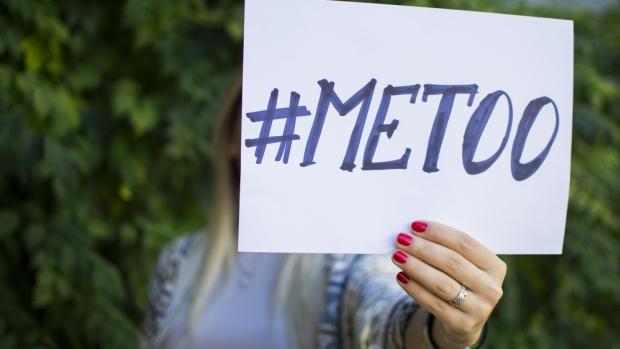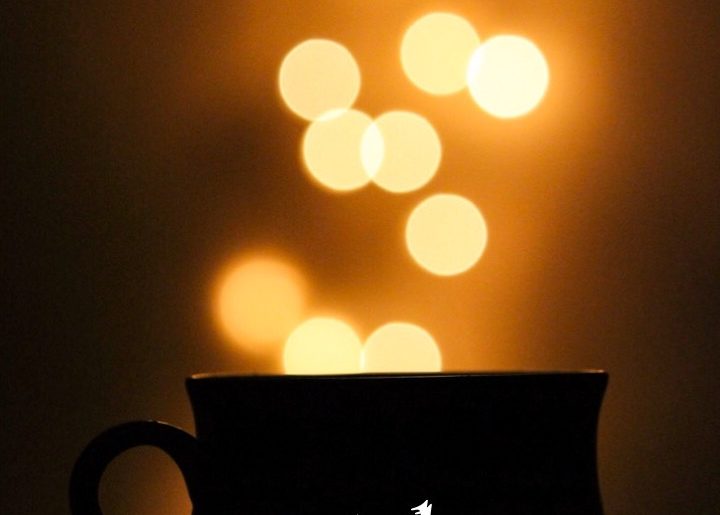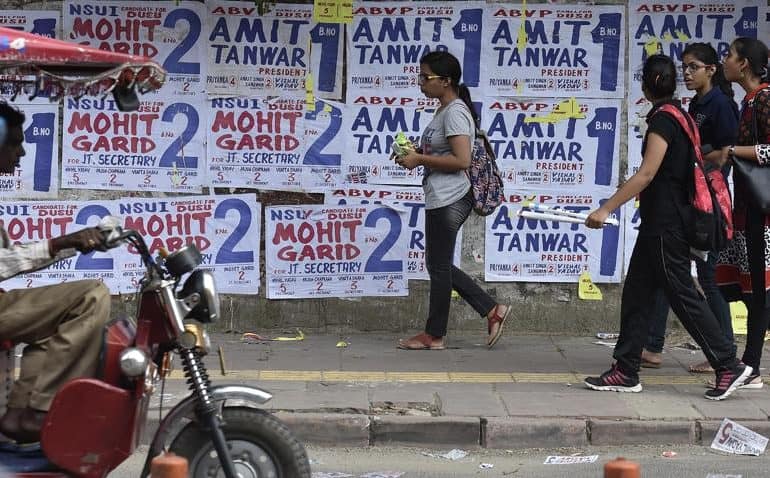The roadmap to the University of Delhi (DU) is full of hurdles with escalating competition on both the academic and non-academic fronts. Being one of the most coveted institutes in the country, DU witnesses a myriad of students from different sections of the society and financial strata join it each year. To ensure that everyone gets a fair chance and in an attempt to bring out the best in the students, DU offers a wide spectrum of scholarship programmes.
In the hope to help students recuperate from their financial burdens, to acknowledge student welfare, and to ensure equal opportunity for all, the University has taken the onus of offering scholarships to all the students it admits. Here is a glimpse of a few scholarship programmes offered by DU:
Dr. V.K.R.V. Rao Endowment Book-Grant: A student from any college, belonging to the family of a Class IV or Class III employee of the University, presently in the first year of a three-year degree course is eligible to apply. INR 100 per month is given for a year, and is renewable if the performance of the scholar is satisfactory.
Shri Motilal Kaul Atma Memorial Book-Grant: The scholarship is awarded to blind students from any college who join any of the streams offered by Delhi University. INR 150 is awarded per month. The scholarship is tenable for three years, renewable on a yearly basis if the performance of the recipient is satisfactory. This encourages visually challenged students to pursue higher education with greater vigour.
His Holiness the Pope Scholarship: This scholarship was gifted by His Holiness the Pope during his visit to India in December 1964. Only postgraduate students are eligible to apply for this scholarship. An amount of INR 150 is given to students who are needy and whose parents’ income including his/her own income does not exceed the amount from where it starts attracting income tax. The scholarship is tenable for one year and can be renewed for the second year if the performance of the student is satisfactory.
Vijay Kumar Memorial Chadha Book-Grant: Any student of Campus Law Centre (CLC) in the first year of L.L.B., whose parents’ income including his/her own income is less than the minimum taxable income, is eligible for this scholarship. INR 100 per month is awarded for two years, renewable on a yearly basis.
Post-Graduate Scholarship: This scholarship, not exceeding twenty in number, and each of the value of INR 400, will be awarded each year, tenable for two or three years, as the case may be. The person must be a graduate from any Indian university with a first class degree. The scholarship is awarded by the Academic Council on the recommendations of the selection committee appointed by it.
There is no doubt that these scholarships are instrumental in reducing the financial burden of a few students to some degree, but their critical treatment and analysis exposes the urgent need of revision. As these scholarships have remained consistent for decades now, they have become obsolete and irrelevant in the current circumstances. The meagre amount cannot possibly be of any significance to any student in the contemporary era. This calls for raising the amounts of these scholarships to a level where they will actually aid and benefit those in need.
For more information, visit the DU website.
Feature Image Credits: The North East Today
Sandeep Samal
[email protected]


